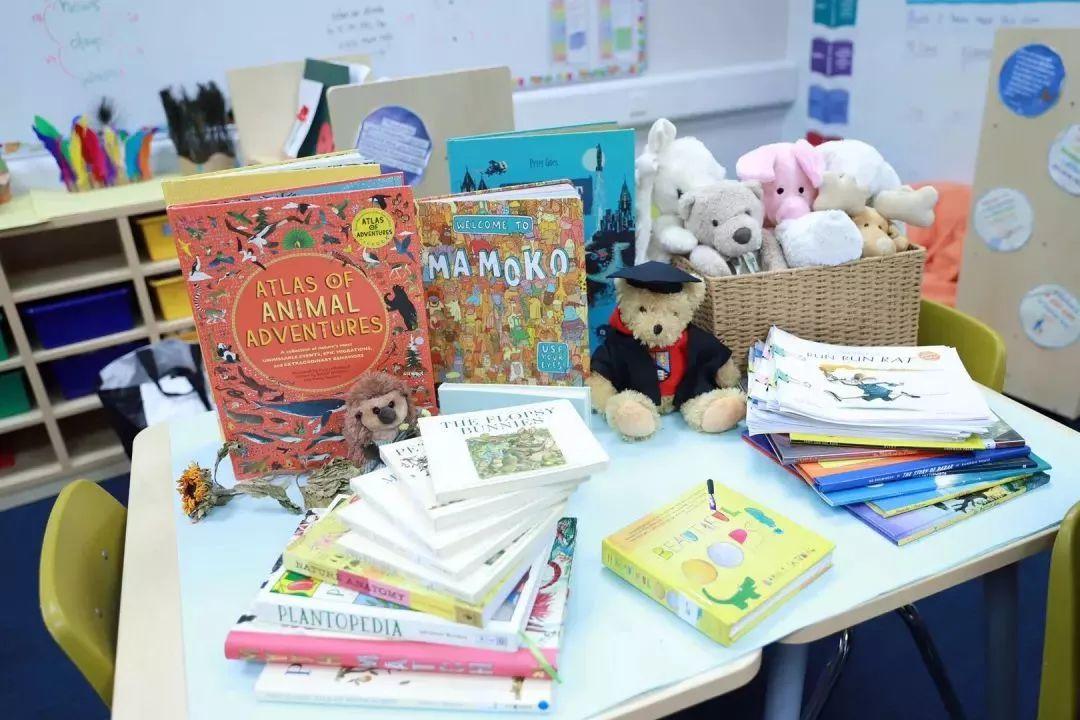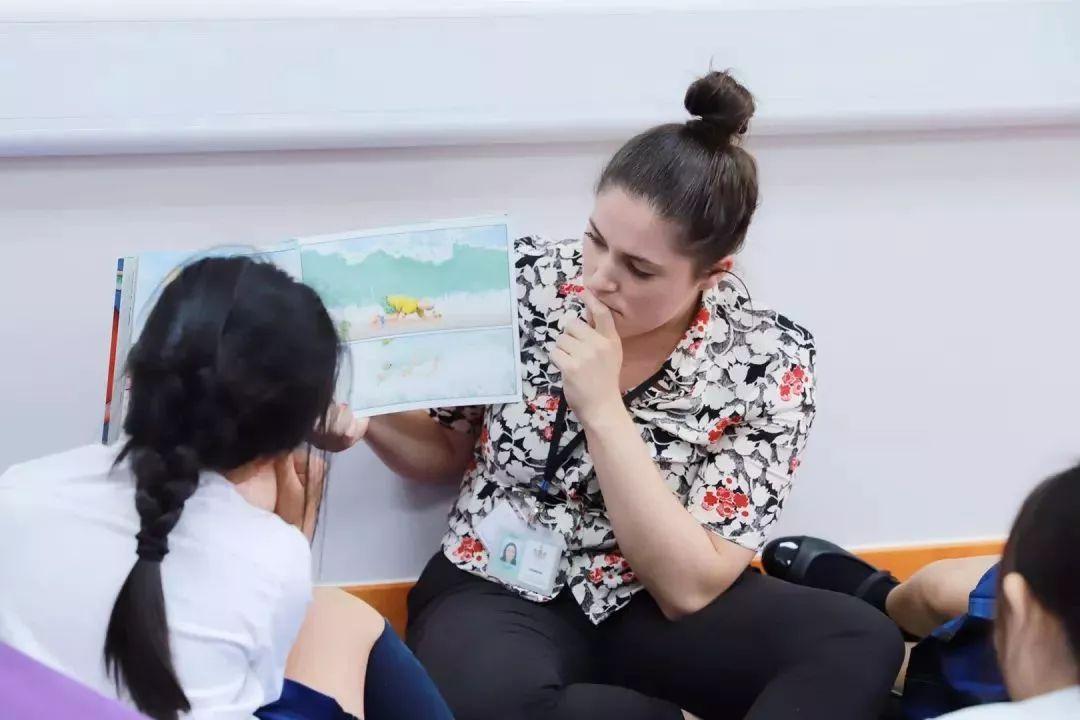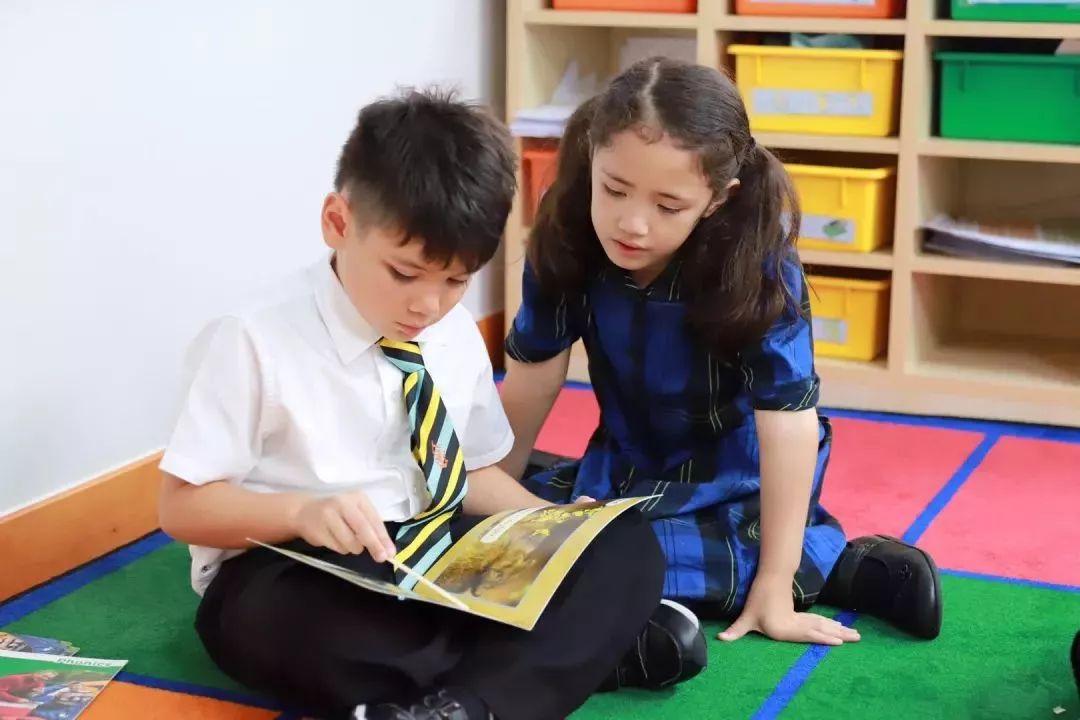Follow Us On Wechat!

Andrew MacCarthy
English Support Teacher

It is a popular misconception that acquisition of an additional language happens naturally and purely as a result of exposure to a rich foreign language environment. No form of learning ever happens because of exposure to new information alone. There is always more to it than that.
Language acquisition happens as a result of challenging but comprehensible input. For new language to be acquired it must somehow connect with prior knowledge in such a way as to be meaningful and memorable to the receiver. This is no different to any other form of learning. Learning happens when new information enters the working memory, connects with prior knowledge, and modifies or adds to the individual’s understanding of the world. For this to happen, new information must be received in small increments, surrounded by clues that contextualize it and connect it to prior knowledge. To be memorable, the process must also involve a struggle. New information is only memorable if it is highly considered through a kind of dialogue and negotiation between the new information held in the working memory and prior knowledge held in the long-term memory.
Children generally begin to acquire their first language as a result of 'caretaker speech' - the type of speech parents and other adults use to be understandable to young children. This speech tends to be focused on the ‘here and now’, which immediately connects to the prior knowledge of the child as it describes the environment presently being experienced. The input is challenging to the child as it represents the earliest language received to describe and make sense of the world.
However, for older children learning English as an additional language, continuously describing the ‘here and now’ is not an appropriate ongoing approach. These learners are far more cognitively and linguistically developed than very young children acquiring their first language. Therefore, binding new language to an already developed understanding of the ‘here and now’ does not represent enough of a challenge to make the new language memorable.

Instead it is more appropriate to utilize strategies that both connect with the pupils’ stage of cognitive development, and offer opportunities for interaction with a mainstream, age appropriate English language curriculum. In the ideal situation, development of the mother tongue will continue, supporting and complimenting development of English as an additional language. The aim is academic fluency in both languages, and development of one promotes development of the other as the mental schema is broadened and deepened by both languages simultaneously.
However, taking this approach brings about specific challenges. Concepts that connect with the stage of the learner’s cognitive development may be far more abstract and much less easily contextualized than the ‘here and now’. On the other hand, the mental schema that probably exists cognitively and in the mother tongue of the learner offers the potential of much more rapid acquisition of the additional language than of the first language if we utilize strategies for conceptualizing the more abstract concepts. Here are some of the ways we do this at Wellington College Hangzhou.

Connect New Language with Familiar Concepts First
Pupils learning English as an additional language are often much more successful in understanding content in the target language when that language is first linked to familiar concepts. By using the first phases of lesson time to practice language structures with known concepts, children experience more success when it is applied to new concepts. For example, by first practicing sentences such as, I brushed my teeth yesterday; I went to the shopping center last Saturday; I visited my grandma two months ago, pupils are often more successful at understanding and producing sentences such as, The Aztecs lived hundreds of years ago; They built canoes to fish and hunt; The Spanish defeated them about 500 years ago.
By first linking new language to familiar concepts, we are facilitating connections between new information (the language) with prior knowledge (the familiar concepts). We are also introducing a more manageable “load” of information. We are not asking pupils to deal with new concepts and new language at the same time. We are only asking them to deal with one of these challenges at a time.

Presenting New Concepts and Texts Visually
Often children learning English as an additional language have prior knowledge of concepts covered in the curriculum. Age related learning has many similarities between nationalities and cultures. It is many times only the English language knowledge that the children lack.
An excellent way of connecting with the prior knowledge that the children have of these concepts is to present the concepts visually. This can be done in many ways including through story maps, feelings maps and use of video.
Story maps are a sequence of images that chart the text as it is told. Story maps are commonly used for fiction texts, but can also be used successfully with a full range of text types, for example, instructions and explanations, recount writing, chronological reports, non-chronological reports, etc. The vocabulary that the images represent can be pre-taught, or it can be taught as children orally recite the text, using the images as a guide. Practice and frequent repetition is particularly important when using story maps with children learning English as an additional language, as it helps them progressively to develop understanding, pronunciation and recollection of the vocabulary and grammatical structures. Once pupils have gained some familiarity with the text presented, they can begin writing with it. Children often need a word list to support writing, as well as frequent reminders to revise and rehearse the text orally.
Feelings maps focus on the emotions of the character(s) as the structure of the story. Pictures and/ or video are used to attract the children’s attention to the body language of the character(s). Children are encouraged to describe body language and make connections with specific emotions. They are then encouraged to use the sequence of emotional changes throughout the story as a map of the story’s plot line. Feelings maps can be very effectively used alongside story maps.
Use of Video is another way of connecting new language to known concepts. Videos can be used as support for speaking and writing. Literacy Shed, for example, offers a great selection of 'wordless' short movies that children can interpret using their own developing vocabularies. Children can put words to the videos under the guidance of a teacher, in small cooperative groups (using a device), or independently. For best results, all of these methods can be used in sequence.
The pupils usually know the concepts presented in the videos. Working with teachers and peers to describe the concepts in the videos helps bridge the gap between prior knowledge and new language.

Lesson Staging and Sequencing
Pupils learning English as an additional language are usually more successful in a scheme of work if the aim of each stage of learning is narrowed. For example, activities for vocabulary can be split into three stages: comprehension, pronunciation and recollection. If the lesson stage focuses on vocabulary, the grammatical structure that children articulate it in would not be emphasised.
Additionally, pupils often achieve markedly greater success if the sequence of stages flow incrementally and logically from known language towards the target text. An example might be:
Target language with familiar concepts;
New vocabulary comprehension;
New vocabulary production;
New vocabulary use within the target grammatical structure;
Oral production of the target text (with a story map);
Written production of the target text (with story map and word list).
By narrowing the focus of each lesson stage and sequencing stages for incremental advances in language usage, new information is introduced to working memory more manageably. This reduces the chance of overload and increases the chance of learning success.

Conclusion
For high quality language learning to take place, pupils must receive content that is both challenging and comprehensible. It takes skillful teachers and effective tools and strategies to deliver this. At Wellington College Hangzhou, we are proud of the progress that our pupils have made in their English language proficiency, but we are also constantly looking for ways to enhance the challenge and comprehensibility of our curriculum.













 沪公网安备 31010502004453号
沪公网安备 31010502004453号





 成功提交后我们将尽快与您联系,请注意来电!
成功提交后我们将尽快与您联系,请注意来电!







 成功提交后我们将尽快与您联系,请注意来电!
成功提交后我们将尽快与您联系,请注意来电!


